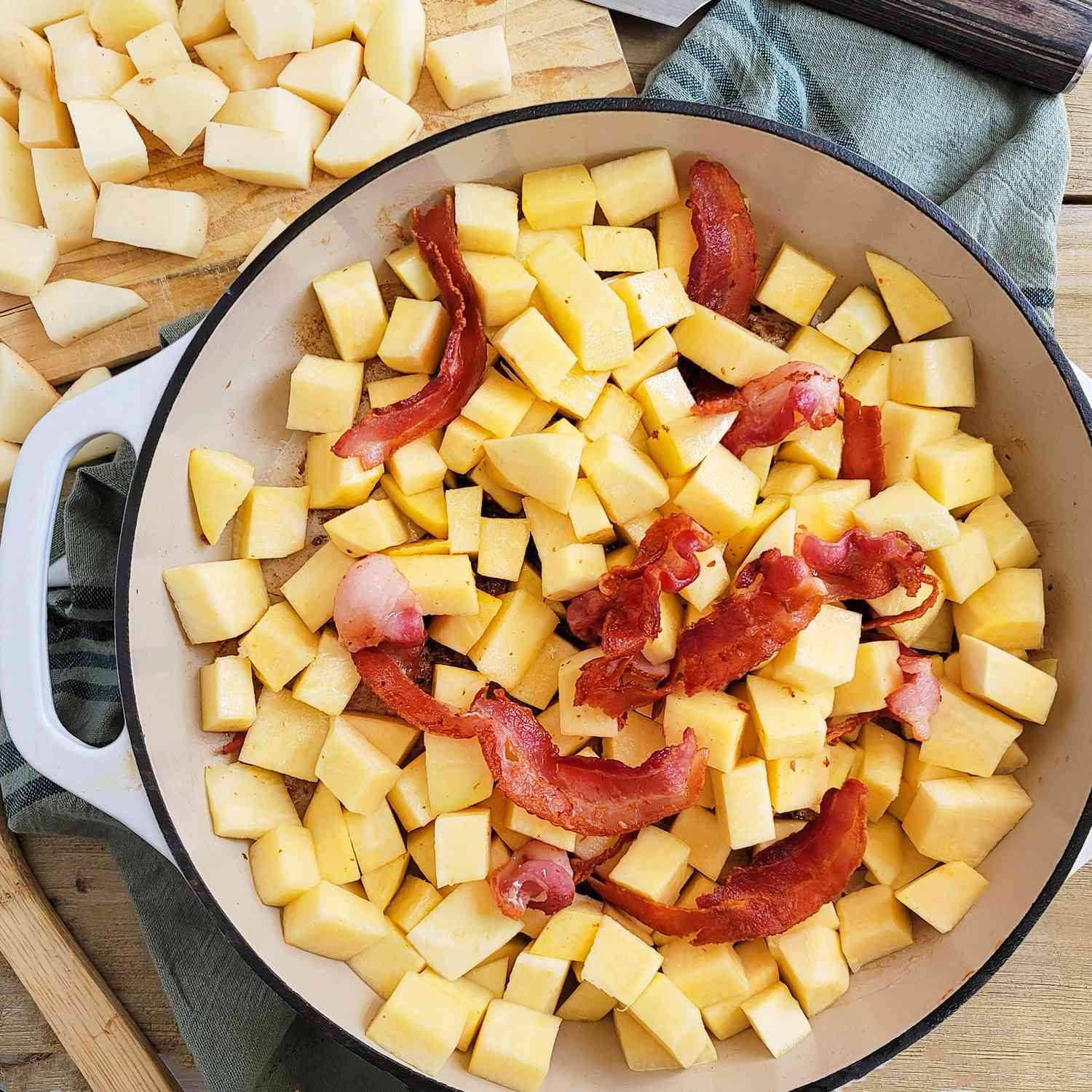I am not at all sure why, but for some reason rutabagas are central to my thoughts of Thanksgiving. We never ate the winter root vegetable at other times of the year, but on that last Thursday in November, they were always front and center on the table. Other people may have had creamed onions or candied sweet potatoes topped with melting marshmallows. We did occasionally have those along with Harvard beets, mac and cheese, green peas and other sides that varied from year to year. But rutabagas were nonnegotiable. I’m not sure where or when my mother learned how to prepare them, but they were always on the table and were a different and welcome addition.
Members of the Brassica family, rutabagas are thought to have originated as a cross between turnips and wild cabbage and were first grown in Scandinavia and Eastern Europe. The root vegetable is popular in Sweden, hence its nickname, “swedes” (the vegetable is also known as yellow turnips). They are the wax-coated, large orangey-purple globes with a sweet and peppery flavor. Rutabagas have a long shelf life, so they were often eaten during food shortages in Europe during wartime and famines. As such, the vegetable was often seen as a food of last resort. Not so at our Thanksgiving table. There, they were celebrated. They were pureed, foreshadowing the multiple vegetable purees that would turn up on plates after the inception of nouvelle cuisine. Creamy, but with the underlying funk of turnip-like rutabaga, they had a back note of the smoky bacon that also flavored them. I adored them.
Over the years my family Thanksgiving dwindled, and after the death of my mother in 2000, I officially became a Thanksgiving orphan. For almost two decades, I traveled to New Orleans for the holiday. And for most of those years, I found my Thanksgiving home at the table of friends who are family—the Costas. One year a side dish appeared: an orange-and-buff mix of vegetable purees, arranged side-by-side in a single dish. The orange side of the dish revealed itself to be sweet potato. The lighter puree looked familiar, and one taste confirmed my hopes; it was indeed rutabaga. It brought tears to my eyes. In a magnificent conjoining of traditions, the Costas’ Thanksgiving side dish managed to include a nod to my Thanksgiving past. I savored it each year.
With the pandemic and the changing world, I have once again moved my Thanksgiving feasting. Last year, at the height of the pandemic, a New York friend saved my holiday by sending me a Thanksgiving meal via taxi that I consumed solo while watching television. This year, I will again join friends, albeit not in New Orleans. I will delight in company, conversation and the annual feast. Who knows? I may just turn up with a covered dish of rutabagas to make the holiday official.
This essay is part of the series “Diaspora Dining: Foods of the African Diaspora.” In this monthly column with essays and recipes by Jessica B. Harris, Ph.D., we explore the rich culinary traditions of the African diaspora. Harris is a culinary historian and the author of 13 books related to the African diaspora, including Vintage Postcards from the African World (University Press of Mississippi), My Soul Looks Back (Scribner) and High on the Hog (Bloomsbury USA), on which the Netflix documentary series High on the Hog is based. She is the 2020 recipient of the James Beard Lifetime Achievement Award. For more from Harris on EatingWell, see Migration Meals: How African American Food Transformed the Taste of America and her Juneteenth Celebration Menu. Follow her on Instagram @drjessicabharris.







